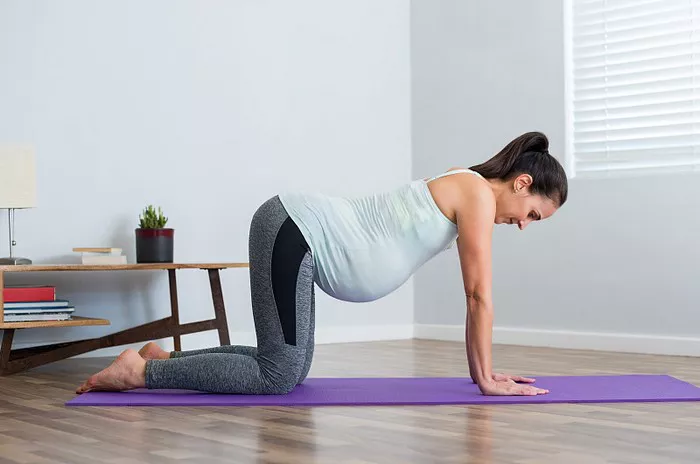Yoga, an ancient practice that combines physical postures, breath control, and meditation, has evolved into a widely popular activity across the globe. With its many styles and varying levels of intensity, yoga offers something for everyone — from beginners seeking relaxation to advanced practitioners pushing the limits of their physical and mental endurance. However, not all yoga styles are created equal. Some are gentle and restorative, while others demand strength, flexibility, and unwavering mental focus. This leads to an intriguing question: what is the hardest yoga style?
To answer this question, it’s essential to explore the different yoga styles, their unique characteristics, and what makes certain practices more physically and mentally demanding than others.
Factors that Determine Yoga Difficulty
Before diving into specific styles, it’s important to understand what makes a yoga practice challenging. The following factors play a key role in determining the difficulty level of a yoga style:
Physical Intensity: The degree of physical exertion required to perform the poses.
Flexibility Requirements: The range of motion needed for various postures.
Strength Demands: How much core, upper body, and lower body strength is required.
Balance and Coordination: The complexity of balancing postures and transitions.
Mental Focus: The concentration needed to maintain poses and synchronize breath with movement.
Duration of Practice: How long a class lasts and whether poses are held for extended periods.
Philosophical Depth: Some styles incorporate deep spiritual and meditative elements, which can be mentally and emotionally demanding.
The Contenders for the Hardest Yoga Style
1. Ashtanga Yoga
Ashtanga Yoga is often regarded as one of the most physically demanding yoga styles. Developed by Pattabhi Jois, this style follows a fixed sequence of postures, performed in a flowing, vinyasa-like manner. Each session involves synchronizing breath with movement, making it both physically and mentally challenging.
Ashtanga requires significant upper body and core strength, particularly during the many chaturanga (low push-up) transitions. The practice also demands flexibility, endurance, and unwavering focus. The strict sequence and self-discipline needed to master the series make Ashtanga one of the hardest yoga styles for many practitioners.
2. Power Yoga
Power Yoga is a modern, dynamic style that draws inspiration from Ashtanga. It emphasizes strength, stamina, and fast-paced sequences. Unlike Ashtanga, Power Yoga does not follow a fixed series, allowing instructors to create their own challenging routines.
Power Yoga often incorporates intense poses like arm balances, inversions, and deep lunges. The vigorous pace and constant movement require both cardiovascular endurance and muscle strength, making it a physically demanding practice.
3. Bikram Yoga
Bikram Yoga, created by Bikram Choudhury, consists of 26 postures practiced in a heated room at approximately 40°C (104°F) with high humidity. The heat intensifies the physical challenge, increasing heart rate and making muscles more pliable.
While the poses themselves may not be the most advanced, the combination of heat, sweat, and prolonged holds can push practitioners to their physical and mental limits. Hydration, mental endurance, and breath control are critical in Bikram Yoga.
4. Kundalini Yoga
Kundalini Yoga is often considered one of the most mentally and spiritually challenging yoga styles. It combines physical postures, breathwork, chanting, and meditation to awaken the dormant spiritual energy known as Kundalini.
While the physical demands of Kundalini Yoga may not match those of Ashtanga or Power Yoga, the mental focus required to perform repetitive movements (called kriyas) for extended periods can be extremely taxing. The deep meditative practices and chanting also demand a high level of mental endurance and discipline.
5. Iyengar Yoga
Iyengar Yoga, developed by B.K.S. Iyengar, is known for its precision and attention to alignment. While it may appear less intense at first glance, the long holds and meticulous adjustments can make Iyengar Yoga surprisingly difficult.
Holding poses for several minutes requires muscular endurance and mental concentration. The use of props allows practitioners to achieve perfect alignment, but this emphasis on detail can make the practice mentally taxing and physically exhausting.
6. Advanced Vinyasa Yoga
Vinyasa Yoga, often referred to as flow yoga, can range from beginner to advanced levels. Advanced Vinyasa classes incorporate complex sequences, rapid transitions, arm balances, and inversions. The continuous flow and creative sequencing challenge both strength and cardiovascular endurance.
Unlike Ashtanga, which follows a fixed sequence, advanced Vinyasa classes often surprise practitioners with unpredictable transitions and innovative poses, making the practice mentally stimulating as well.
What Makes a Yoga Style the Hardest?
Determining the hardest yoga style is subjective, as different practitioners face different challenges. For some, the physical intensity of Ashtanga or Power Yoga may be the ultimate test. For others, the mental focus required in Kundalini or Iyengar Yoga might be the most difficult aspect.
However, if we consider overall difficulty — combining physical intensity, mental focus, and duration — Ashtanga Yoga often emerges as the hardest yoga style. Its rigid structure, demanding poses, and requirement for daily practice push both the body and mind to their limits.
Conclusion
Yoga offers a vast spectrum of practices, each with its own unique challenges. What one person finds difficult, another may find manageable or even enjoyable. The hardest yoga style ultimately depends on an individual’s strengths, weaknesses, and personal goals.
Regardless of the style, the most important aspect of yoga is the journey itself — the dedication to self-improvement, mindfulness, and inner balance. Whether you’re mastering the physical rigors of Ashtanga or exploring the depths of Kundalini meditation, every yoga practice has the power to transform both body and mind.
If you’re seeking to challenge yourself, consider trying different yoga styles to find the one that pushes your limits while nurturing your personal growth. The hardest yoga style is not necessarily the one that exhausts your body, but the one that teaches you the most about yourself.
Related topics






















